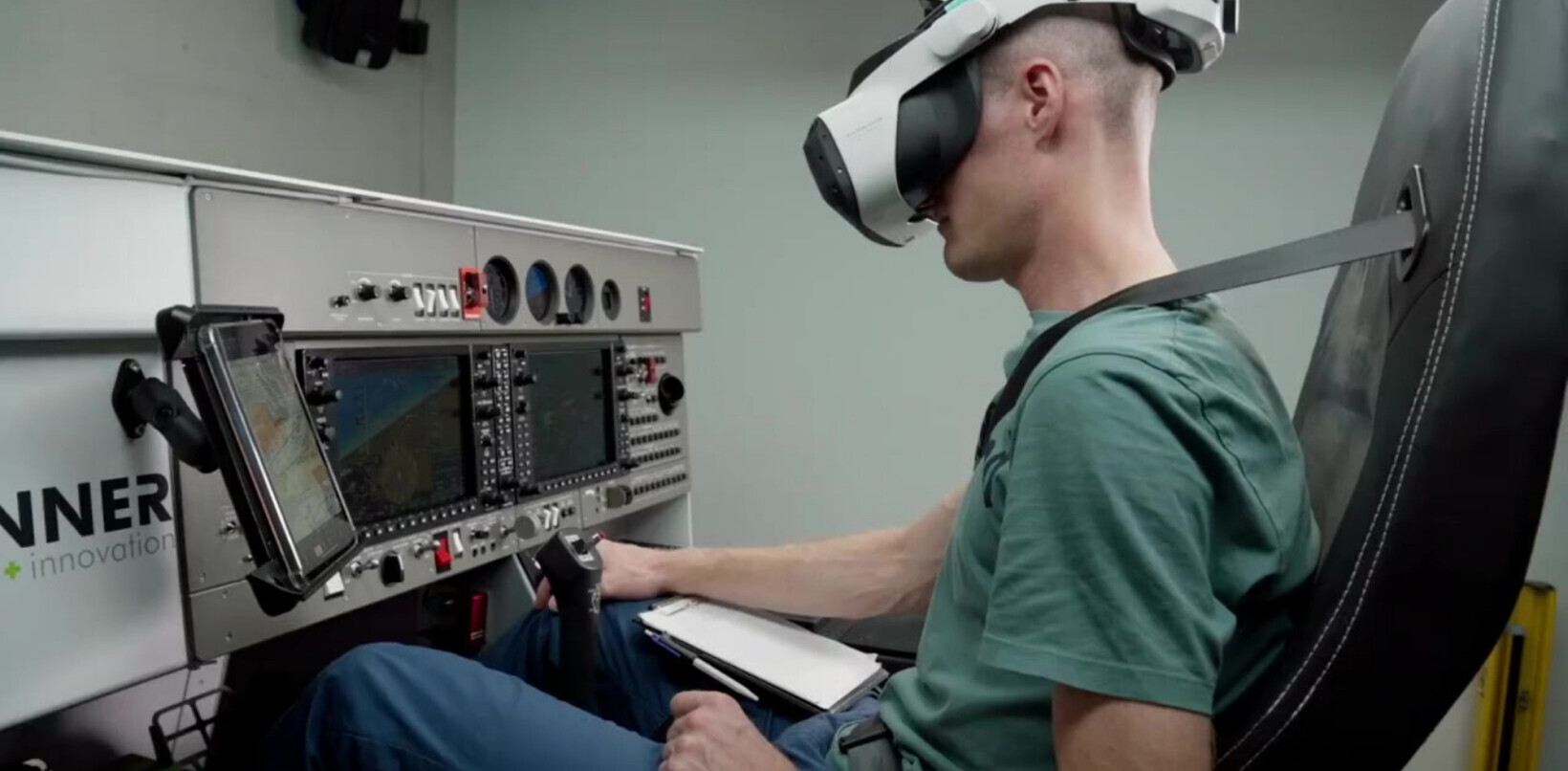
The quality of a product is largely dependent on the expertise and capabilities of the team behind it. As a musician, I’ve experienced this first-hand when playing in bands and with orchestras. Delivering a great outcome for us took a complete team effort, with a variety of experts bringing their own unique talents to the stage while understanding how their role fit into the bigger picture.
As a product leader at Messenger, I’ve realized there’s a lot we can learn from this approach. Whether it’s a piece of music or a messaging platform, it all comes down to finding the right people and putting them in an environment where their expertise and creativity can flourish in collaboration with one another – ultimately delivering the best possible experience for the end-user.
Here are three ways team leaders can leverage this approach as they build their teams, resulting in breakthrough innovations and best-in-class products.
Have the right mix of skills
The beauty of an orchestra performance lies in hearing very different instruments come together to create one harmonious and complex piece of music. Whether you’re performing in front of an audience, developing hardware, or creating a new UI, putting together an effective team means thinking in a holistic manner.
If you were to hire only cellists for an orchestra, the resulting music would be limited to their specialist capabilities. It would miss the rhythmic beat of the percussion section, the timbre of the brass section, and so much more. Similarly, if you have a team made up of designers, your product may have a beautiful UI but clunky functionality supporting it. It’s only when you have the right mix of skills, along with an open work environment, that all the necessary elements can come together.
Also keep in mind that generalists can give your team more flexibility whereas specialists bring a high level of expertise in their field. When working on a project, having those generalists involved can help ensure every part of a product is getting the attention it needs throughout development. Any good team needs a mix of specialists and generalists to bring a variety of skills and perspectives to building products.
When we’re working, I like to tell my team to “mind the gap” – meaning the gap between what they do, whether that’s engineering, design, or business strategy, and what their teammates do. This is where the real opportunity lies for teams to be creative, push boundaries and deliver innovations to users.
Don’t be afraid to recruit outside the box
When creating an experience used by billions of people globally, you need not only a team with deep expertise – like the specialists I mentioned above – but also varying perspectives.
Oftentimes in the recruitment process it can be easy to get wrapped up in flashy, high profile names – whether universities or past employers – or to show preference for those with traditional degrees in engineering or other STEM subjects. But you’re missing a lot by discounting others whose path may be non-traditional.
I can speak from experience here: my formal education is in classical music, and I didn’t study STEM or design in school. It would have been easy for people to brush me off and assume I wasn’t qualified for a career in tech. However, my educational background in music composition and the years spent practicing an instrument has helped shape my focus on long term outcomes and helped me develop my own leadership and problem-solving skills.
Now, as a product team leader, I seek out qualities like resourcefulness, creativity, and other traits that don’t necessarily jump off the page when reading a resume or browsing a LinkedIn profile. I’d encourage all product leaders to be more open-minded throughout the recruitment process. Just because a candidate’s background differs from the conventional, doesn’t mean they aren’t qualified.
If you treat building your team more like an audition, valuing how a candidate can perform within the group versus preconceived notions about what is needed to be successful, you’ll inevitably find some talented individuals who will make your team stronger.
Focus on creating, not achieving
In a music setting, you don’t just pick what you want to play and skip ahead to the performance. It’s all about what goes into the preparation and development of that performance.
This is true for product teams too. Focusing on the outcome exclusively robs your team of the joy of paying attention to the details. To set your team up for success, allow them to focus on the flow of making something exciting every step of the way.
For example, earlier this year when we unveiled Soundmojis, our team was focused on creating fun, delightful sounds that could be used across a broad range of contexts. In one instance, our sound engineers even travelled to an organic California farm to record actual goats! By allowing my team to be creative and enjoy the process of developing the Soundmojis, we were ultimately able to create experiences that are also fun for our users.
This mindset will ensure there is a premium placed on even the smallest components, ensuring the overall output was thoughtfully composed with appreciation for detail.
At the end of the day, whether you’re preparing for a performance of Beethoven, or building a new product, the importance of building the team is paramount. My advice to leaders is to relish the process of creating within your team, spend time cultivating intersections, maintain an open mind, and when working with your colleagues – respect their perspective and expertise, even if it’s different from your own. When you do this, you’ll create a product that truly sings.
Get the TNW newsletter
Get the most important tech news in your inbox each week.




